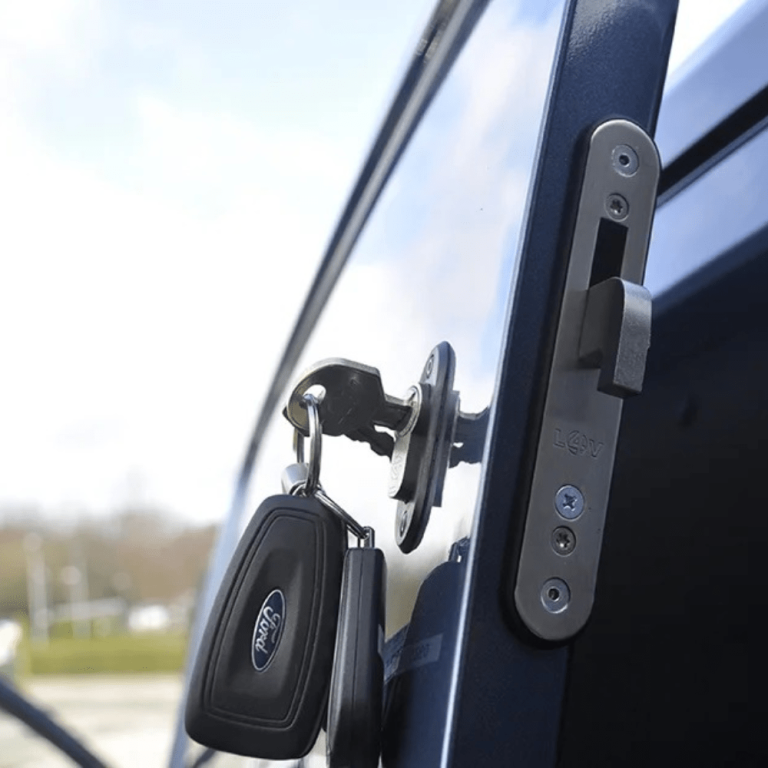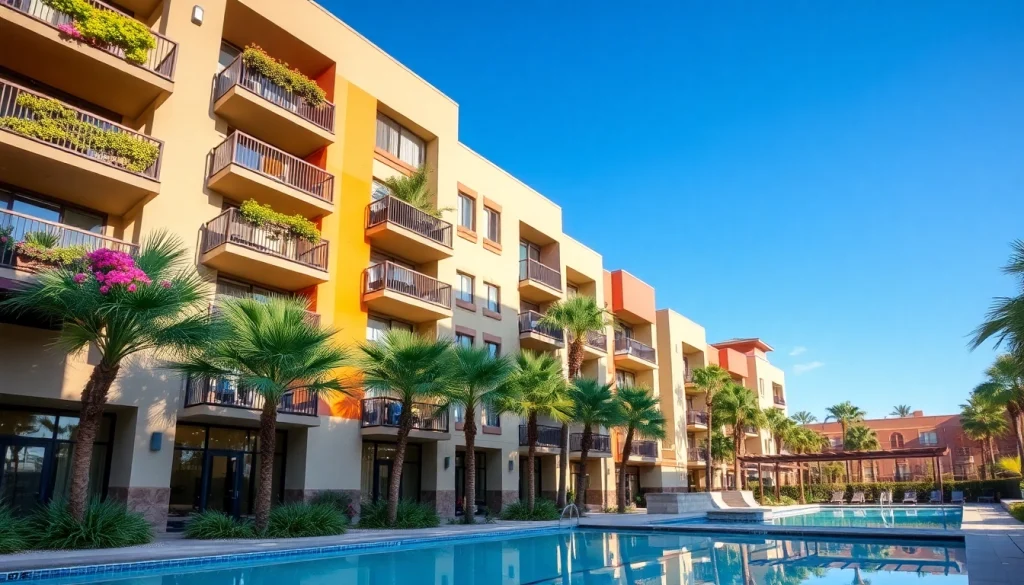Finding Apartments for Rent in Glendale AZ
Searching for apartments for rent glendale az can be a daunting task, especially considering the multitude of options available in this vibrant city. With its rich cultural landscape, diverse communities, and appealing amenities, Glendale, AZ offers a unique rental market that draws many residents each year. Whether you’re moving for work, school, or a change of scenery, understanding the local rental market is key to finding the perfect apartment that meets your needs.
Overview of the Glendale Rental Market
Glendale’s rental market has seen consistent growth over the years, influenced by its proximity to major metropolitan areas, including Phoenix. Currently, the average rent for an apartment in Glendale stands at approximately $1,422 per month, although prices can vary significantly based on neighborhood, size, and amenities. According to recent studies, rental prices have shown a steady increase, reflecting the demand in this area. Understanding these dynamics is crucial for potential renters as they navigate the complexities of finding a new home.
Types of Apartments Available
The types of apartments available in Glendale cater to a wide array of preferences and budgets. From luxurious complexes featuring high-end amenities to more affordable, basic living spaces, you have many choices. Here are some common types:
- Studio Apartments: Ideal for individuals or those seeking minimal living space, studio apartments usually combine living and sleeping areas into one space.
- One-Bedroom Apartments: Perfect for couples or singles requiring more space; these typically feature a separate bedroom, bathroom, and living area.
- Two and Three-Bedroom Apartments: Suitable for families or shared living arrangements, these apartments provide more room and often come with larger amenities.
- Luxury Rentals: Featuring high-end finishes, amenities such as pools, gyms, and enhanced security, these apartments attract those looking for a more upscale living experience.
- Affordable Housing: Designed for budget-conscious renters, these options often come with income restrictions and lower amenities to keep costs down.
Key Features to Consider
When searching for an apartment in Glendale, there are several key features to keep in mind:
- Location: Proximity to work, public transportation, schools, and shopping centers can affect convenience and quality of life.
- Amenities: Features such as in-unit laundry, parking spaces, pools, and fitness centers can enhance your living experience.
- Pet Policies: If you have pets, be sure to inquire about policies, pet deposits, and any breed restrictions.
- Security: Look for features such as gated access, security cameras, and on-site management to ensure safety.
- Lease Terms: Different apartments may offer various lease durations; understanding these can help you make an informed decision.
Evaluating Neighborhoods in Glendale AZ
Choosing the right neighborhood is just as important as selecting the right apartment. Glendale is home to various distinct neighborhoods, each offering unique characteristics and advantages for different lifestyles.
Top Neighborhoods for Renters
Some of the top neighborhoods in Glendale include:
- Downtown Glendale: A hub for arts and culture, Downtown Glendale offers plenty of shops, restaurants, and entertainment options, making it ideal for those who love an urban lifestyle.
- Arrowhead Ranch: Known for its suburban feel and family-friendly atmosphere, Arrowhead Ranch boasts ample parks, golf courses, and quality schools.
- North Glendale: Perfect for nature lovers, this region offers easy access to the beautiful Thunderbird Conservation Park, along with a variety of housing options.
- South Glendale: This area is known for its affordability and is popular among younger renters, students, and those looking for easy access to public transportation.
Accessibility and Transportation Options
Glendale offers a variety of transportation options that can enhance your living experience:
- Public Transit: The Valley Metro Light Rail connects Glendale to other parts of the Phoenix metropolitan area, providing easy access to work and recreational activities.
- Bicycling: Many neighborhoods in Glendale are bike-friendly, featuring scenic bike paths and dedicated lanes.
- Walkability: Some neighborhoods, particularly in downtown Glendale, are pedestrian-friendly, allowing for easy access to restaurants, shopping, and parks.
Community Amenities that Matter
When evaluating neighborhoods, consider the community amenities that enhance your quality of life:
- Schools: Proximity to reputable schools can be crucial for families with children.
- Parks and Recreation: Access to parks and recreational facilities can improve your overall living experience, offering spaces for outdoor activities and leisure.
- Healthcare Facilities: Being near healthcare facilities can be a significant advantage for you and your family.
- Shopping and Dining: A variety of shopping and dining options nearby can provide convenience and entertainment.
Cost Considerations for Renting in Glendale AZ
Before finalizing your apartment search, you must understand the costs involved in renting an apartment in Glendale.
Average Rental Prices
Rental prices in Glendale can vary based on several factors. Currently, the average rent for one-bedroom apartments is around $1,200, while two-bedroom apartments typically run about $1,500. Comparing these costs with your budget is essential to ensure affordability without sacrificing quality.
Understanding Utility Costs
Utilities are often an added cost to renters and can include electricity, water, gas, and waste management. On average, Glendale residents can expect to pay between $150 to $200 per month for utilities, though this can vary based on apartment size and personal usage. It’s essential to inquire if these costs are included in your rent or if they will be an additional expense.
Affordable Options for Budget-Conscious Renters
For those on a budget, options do exist. Searching for apartments that offer specials or looking into properties specifically listed for lower income can help. Additionally, exploring neighborhoods further away from the city center or considering shared housing arrangements can provide significant savings.
The Apartment Viewing Process
Once you’ve narrowed down your choices, it’s time to visit potential apartments. Conducting thorough visits can help you make the best decision for your future home.
What to Look for During a Tour
During an apartment tour, pay close attention to the following:
- Overall Condition: Check for signs of wear and tear, such as water damage, peeling paint, and outdated appliances.
- Layout and Space: Ensure the layout meets your living needs, and that there is enough storage space.
- Noise Levels: Take note of the noise level from both the outside and inside the apartment, particularly if you are sensitive to sound.
- Safety Features: Check for smoke detectors, secure locks, and fire escapes.
Questions to Ask Property Managers
When meeting with property managers, be sure to ask:
- What are the lease terms and conditions?
- How are maintenance requests handled?
- What is the policy on rent increases?
- Are there any additional fees (e.g., garbage collection, parking)?
- What is the community like during different times of the day?
Evaluating Online Listings Effectively
With many listings available online, evaluating options thoroughly is crucial. Always look for:
- High-quality images showcasing the apartment from multiple angles.
- Truthful descriptions of amenities and conditions.
- Reviews from current or past tenants to gauge other residents’ experiences.
Signing the Lease Agreement
Once you find an ideal apartment, the next step is signing the lease. Understanding the lease and ensuring it meets your needs is vital.
Understanding Lease Terms and Conditions
Leases typically outline the rental period, payment responsibilities, and regulations regarding the property. Make sure you fully comprehend:
- The initial lease period and renewal options.
- Deposit requirements and the circumstances under which they may be withheld.
- Pet policies and additional fees, if applicable.
Importance of Renter’s Insurance
Renter’s insurance is often overlooked but is essential to protect your belongings and cover liability in case of accidents. Many landlords may even require proof of insurance before signing a lease.
Next Steps After Signing
Once the lease is signed, it’s time to plan your move. Coordinate utilities, inform the post office of your address change, and start the packing process. Additionally, take the time to explore your new neighborhood and connect with local businesses and community resources.
Conclusion
Finding the right apartment in Glendale, AZ, requires thorough research and consideration. Understanding the rental market, evaluating neighborhoods, and being aware of costs can help you make informed decisions that align with your lifestyle and preferences. By taking the time to view apartments carefully and ask the right questions, you’ll be well-prepared to sign a lease for your new home in this dynamic city.





